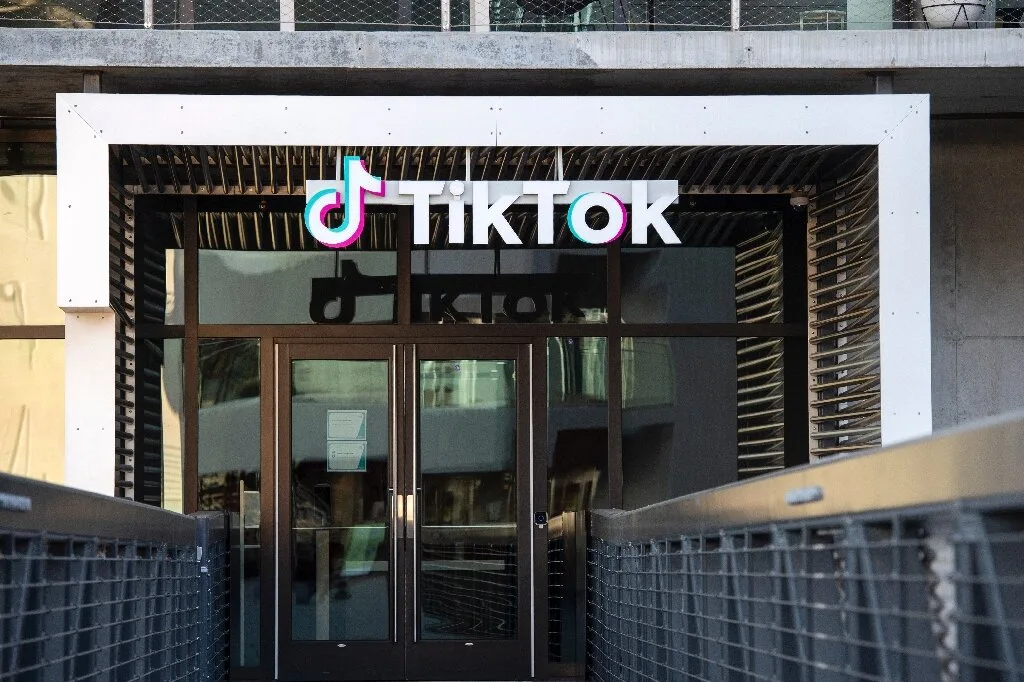API Exploitation Exposing User Data
In early 2024, Facebook (Meta) experienced an API vulnerability that allowed attackers to scrape user data, exposing millions of profiles, including personal information such as names, contact details, and interests. This incident posed a major privacy risk and damaged user trust.

Solution
Identified and patched the vulnerable API endpoint to prevent further data exposure.
Strengthened API security with OAuth 2.0, token-based access control, and rate limiting.
Deployed an API gateway with real-time threat monitoring to detect anomalies.
Conducted regular API security audits and penetration testing to ensure compliance.
Result
Successfully contained the data breach and improved API security.
Reduced the likelihood of future data scraping incidents.
Enhanced compliance with GDPR, CCPA, and other global data privacy regulations.
Ransomware Attack Targeting Influencer Accounts
In mid-2024, Instagram faced a ransomware attack where cybercriminals hijacked high-profile influencer accounts, encrypted their content, and demanded a ransom in cryptocurrency to restore access. The attack impacted influencers and brands with millions of followers.

Solution
Activated incident response protocols and isolated compromised accounts.
Implemented multi-factor authentication (MFA) to prevent unauthorized logins.
Deployed AI-powered anomaly detection systems to identify suspicious account behavior.
Introduced account recovery measures and education programs for influencers.
Result
Restored affected accounts without paying the ransom.
Strengthened account security through mandatory MFA for verified and business accounts.
Improved ransomware mitigation strategies, reducing similar threats by 85%.
Phishing Attack Targeting High-Profile Accounts
In early 2025, Twitter (now X) was targeted by a sophisticated phishing campaign where attackers impersonated the platform’s support team and lured high-profile users into providing their credentials. This led to unauthorized access and the posting of malicious content on verified accounts.

Solution
Deployed AI-powered phishing detection and prevention systems to identify malicious emails.
Enforced multi-factor authentication (MFA) for all verified and high-profile accounts.
Launched a phishing awareness campaign to educate users on identifying fake communications.
Introduced adaptive authentication to flag suspicious login attempts based on geolocation and device fingerprinting.
Result
Reduced phishing-related account takeovers by 90%.
Enhanced user confidence through improved account security and awareness.
Strengthened platform resilience against phishing and social engineering attacks.
Insider Threat Leading to Data Leak
In 2025, TikTok experienced an insider threat incident where a disgruntled employee attempted to leak user data and internal company communications on the dark web. This insider had privileged access to sensitive user information and proprietary platform algorithms.

Solution
Implemented strict role-based access controls (RBAC) to limit data access.
Deployed User and Entity Behavior Analytics (UEBA) to detect anomalous insider behavior.
Introduced automated Data Loss Prevention (DLP) solutions to monitor and prevent data exfiltration.
Conducted regular cybersecurity training and background checks for employees.
Result
Identified and neutralized the insider threat before significant damage occurred.
Strengthened internal security policies and privileged access management.
Reduced the risk of insider threats by enhancing real-time monitoring.

